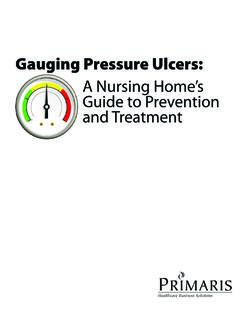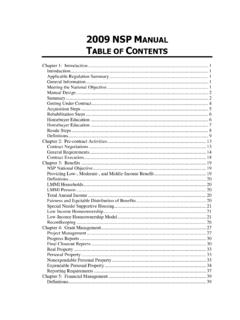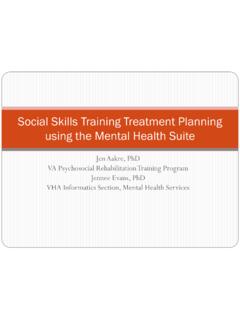Transcription of Pain Management in the Long-Term Care Setting
1 Tailoring pain Management in the Long-Term Care Setting Cari Levy, MD, PhDUniversity of Colorado and the Denver VA Medical Center Case #1 Mildred is an 88yo female admitted to your facility following functional decline at home. She has chronic back pain and increasing requirements for Vicodin. Her doctor tries a sustained release morphine but the resident insists, I need more Vicodin and Ativan. She has also had a decline in ADLs and is now bedfast. The surveyor tries to speak to Mildred but she falls asleep during the interview. Case #2 Annie is 85 yo and recently fractured her arm after a fall. She is undergoing rehabilitation with plans to return home.
2 She refuses to take pain medication because, it makes me so goofy! Case #2 (cont.) The surveyor asks you why this resident continues to report severe pain after 3 weeks in the facility and questions why the pain assessments indicate 0 or no pain on all nursing evaluations for the past several weeks. Case #3 Woody is 79 yo and in a dementia unit. He is non-verbal. The resident is on scheduled acetaminophen 500mg 3x daily. He has had several recent falls and the staff considered adding additional pain medication but his daughter refused stating, those medicines will just make him fall more. Case #3 The surveyors observe Woody and note that he is clenching his teeth and rubbing his head frequently both signs that are listed as non-verbal indicators of pain in a prior care plan.
3 CMS Quality Indicator Survey 2-staged computer assisted survey process Designed to: Improve consistency/accuracy of survey Systematic/objective Quality improvement tool Focus resources on struggling facilities Survey process changed, guidance did notQIS Process Offsite survey preparation Review prior deficiencies, complaints, ombudsman reports MDS data from facility is loaded on the surveyors tablet PC Entrance conference, brief tour, request of facility informationQIS Process-cont Randomly-generated sample Admission sample is a review of 30 current or discharged residents (re-hospitalization, functional loss, death)
4 Census sample includes 40 current residents for observation, interview and record review (quality of care, quality of life) MDS data used to calculate Quality of Care and Quality of Life Indicators for use in Stage IIQIS Process-cont Structure Stage I: preliminary investigation of regulatory areas in admission and census samples; mandatory facility-level tasks (kitchen, dining areas, billing, QA program, medication administration, inection control) Stage II: In-depth investigation of triggered care areas and/or facility-level tasks based on Stage I Interview with Resident Council President or RepresentativePain in MDS Presence: Patient reports pain or hurting at any time in last five days.
5 Frequency: Patient asked how much of the time they experience pain or hurting in the past five days with possible responses of 1) almost constantly, 2) frequently, 3) occasionally, 4) rarely or 5) unable to answer. MDS : pain Intensity Numeric or verbal pain intensity scale: results of a resident interview asking residents to rate their pain over the previous 5 days on a scale from 1 to 10 using either a scale with numbers or words (mild, moderate, severe, very severe)MDS pain : Function and Treatment Effect on Function: pain has made it hard to sleep at night and/or has limited day-to-day activities. Treatment: Patient on a scheduled pain medication, is receiving as needed pain medications or non-medication interventions for pain now or in the past 5 the Surveyors Mindful Care Individualized care Focus on quality of life Resident-centered pain placed in a prominent role in a facility's quality assurance Interventions and treatments should be.
6 Preceded by an assessment developed with respect for whether pain is episodic or continuous administered to meet resident s need monitored for effectiveness and/or adverse consequencesPain Management -Criteria for Compliance Screened on admission and periodically Assessed causes, characteristics Developed a care plan Controlled pain & anticipated exacerbating treatments/activities Monitored effects of interventions Contacted health care practitioner when not controlled or with side effects Revised approach and relevance What is pain ? An unpleasant sensory and emotional experience A complex phenomenon derived from sensory stimuli Interpreted by the individual, there are no biological markers for painExperience of pain pain is an experience that is highly individualized and multidimensional The patient s and family s account of their pain experience is the most valuable tool available to the clinician Avoid assumptions -not all patients want to be completely pain freeWho has pain ?
7 As many as 83% of nursing home residents experience pain that impairs mobility, may cause depression, and diminishes quality of life. pain is often unrecognized and not treated by health care Management in Nursing Homes 40% of cancer patients discharged to a nursing home have daily pain . Of those in pain , one in four do not have any analgesic NOT EVEN pain 41% of persons who had pain at their first assessment also had either moderate daily pain or an excruciating level of pain at their next assessment (completed 60-180 days later). Of those persons with two MDS assessments, 1 in 7 were in persistent severe pain .
8 Teno, JAMA 2001 Why Focus on pain ? pain is a symptom most expected and most feared by dying patients. Unrelieved pain can have enormous physiological and psychological effects on residents and their loved Focus on pain ? pain negatively affects quality of life by impairing daily functions, social relationships, sleep and/or self worth. Although pain can be relieved in up to 90% of residents,many residents receive inadequate or no treatmentEffects of pain in the Elderly Impairs mobility, slowing rehabilitation Decreases socialization Increases depression Increases sleep disturbances Contributes to cognitive impairment Contributes to poor food intake and malnutrition Increases morbidityMisperceptions about pain pain is normal aging.
9 We must bear pain . pain is punishment for past actions. Cognitively impaired persons have a high tolerance for pain . Elderly persons are likely to become addicted to pain medications. pain means that death is to pain Assessment in the Elderly Cognitive impairment Communication barriers Cultural barriers Atypical presentations isolation, anorexia System barriers Staff training and access to appropriate tools Failure to report pain Fear of .. Psychological dependence Compulsive use Loss of control over drugs Loss of interest in pleasurable activities Continued use of drugs in spite of harm A rare outcome of pain Management particularly, if no history of substance abuseAddiction Consider substance use (true addiction) pseudoaddiction (undertreatment of pain )
10 Behavioral / family / psychological disorder drug diversionTolerance Reduced effectiveness to a given dose over time Not clinically significant with chronic dosing If dose is increasing, suspect disease progressionPhysical Dependence A process of neuroadaptation Abrupt d/c may induce withdrawalsymptoms If dose reduction required, reduce by 50% q 2 3 days Substance Users Can have pain too Treat with compassion Protocols, contracting Consultation with pain or addiction specialistsABCs of pain Assessment Ask about and Assess pain regularly. Believe the patient and family in their reports of pain and what relieves it. Choose pain control options appropriate for the patient, family, and Setting .
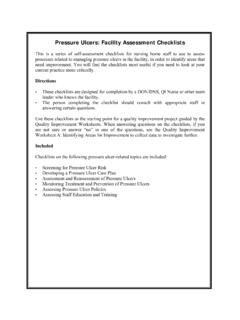
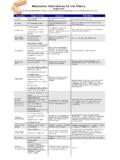
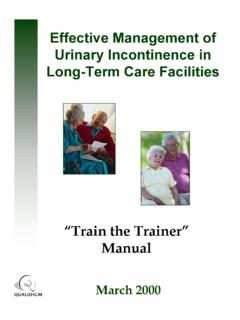
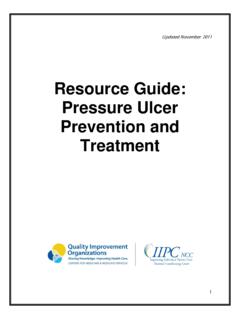
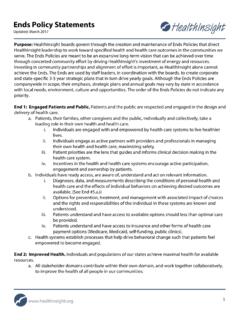
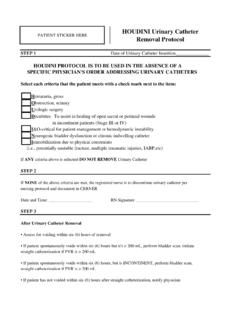
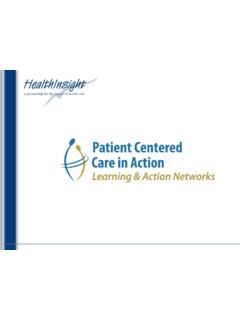
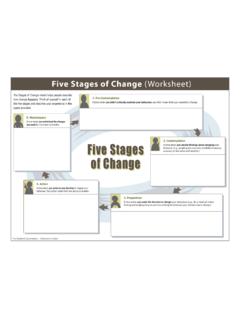
![2014 QAPI Plan for [Facility Name]](/cache/preview/6/6/9/d/c/1/a/b/thumb-669dc1ab5a6c622d3e508ca0e8604845.jpg)
